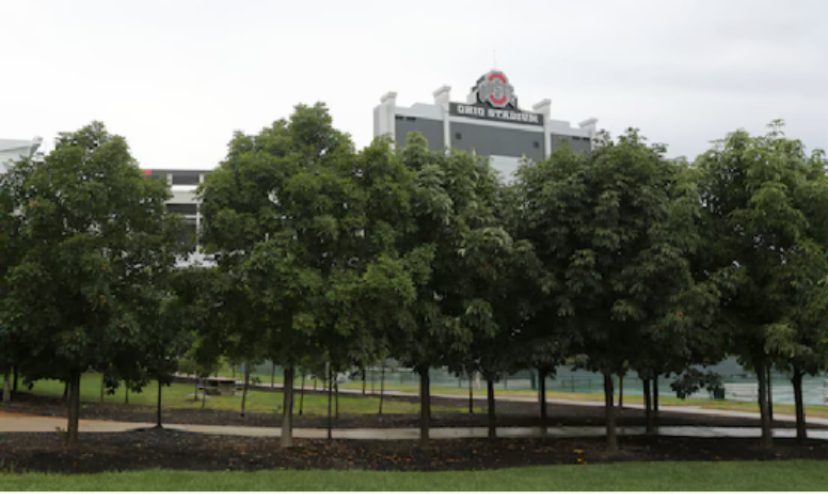Ohio holds the unique distinction of being the only state whose residents are named after a tree “the buckeye. As Ohio State University’s football team continues to make headlines, it’s a great time to explore the tree that symbolizes the Buckeye State and its deep connection to the region natural history.
A Glacial Legacy
The Ohio buckeye is a medium-sized tree known for its distinctive fan-shaped leaves and shiny brown seeds. Its presence across the state is closely tied to Ohio glacial history. During the last Ice Age, glaciers deposited limestone-rich soils across two-thirds of the state, creating the perfect environment for buckeye trees to thrive. These trees can be found in various regions, including northeastern Ohio, with one notable location being the Rocky River Reservation in the Cleveland Metroparks.
Where Buckeyes Grow
Typically, buckeye trees favor floodplains, where the soil remains consistently moist. They often grow under towering cottonwoods and sycamores, the dominant trees in these low-lying areas. However, buckeyes are also found in higher, moist woodlands, contributing to Ohio’s beech-maple forests.
A Unique Growth Cycle
The Ohio buckeye follows a distinctive seasonal pattern. It is one of the first trees to sprout new leaves in early spring, sometimes weeks ahead of neighboring species. This early leaf-out gives it an advantage in capturing sunlight before the forest canopy thickens. However, it also loses its leaves earlier than most other trees, often by late summer. This premature shedding may help conserve water during the hotter months.
Whether seen along riverbanks, deep in the woods, or outside Ohio Stadium in the form of Buckeye Grove, this tree remains an enduring symbol of Ohio’ s history, landscape, and identity.
















